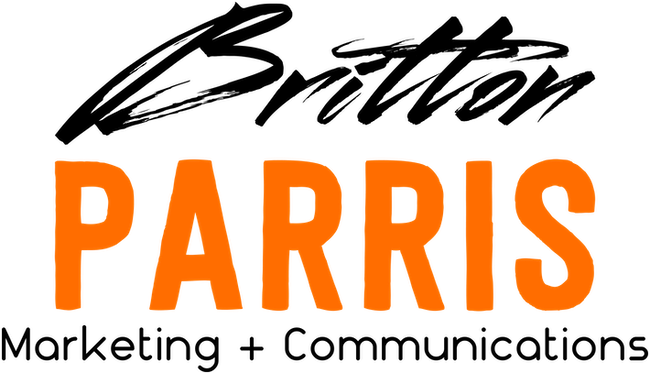Across industries, a strategic miscalculation continues to shape how companies approach growth: Treating brand and demand as either/or, when the real power lies in both.
Here’s the truth: in most organizations, demand gets investment, while brand gets deprioritized, or dismissed entirely. And over time, that imbalance shows up where it hurts most: shrinking margins, rising churn, and eroding trust.
The Leadership Gap That Undermines Growth
I’ve seen this firsthand. As CMO for a private equity-backed roll-up of 20 B2B companies, my mandate was clear: drive demand. Pipeline contribution. CPL. MQL velocity.
Brand? Off the table.
But that mindset, while common, is short-sighted.
Because demand can drive leads. Only brand makes them stick.
When brand and experience aren’t aligned with your go-to-market motion, you may attract attention, but you can’t retain it. What follows is predictable:
- Budgets get burned chasing the same leads again and again
- Sales is pressured to close harder, faster
- Margins shrink, and loyalty drops
And that leads to an uncomfortable reality:
You can’t grow your way out of misalignment.
When the Foundation Is Cracked
Even high-performing teams with strong content and clean funnels can stall when the brand foundation is weak. I’ve seen it play out like this:
- Customers are promised one thing and experience another
- Teams aren’t trained to deliver the brand message
- Service delivery is inconsistent
- Talent disengages because culture doesn’t align with stated values
The result?
- A leaky funnel
- A reactive, overstretched team
- Low LTV, despite strong top-of-funnel activity
And no matter how many leads you generate, it doesn’t necessarily translate into sustainable growth, until you stop, align, and rebuild.
Why This Matters Even More in Commoditized Markets
In many private equity environments and mature B2B sectors, brand is misunderstood, viewed as creative, not commercial. As a cosmetic layer, not a business lever.
But in commoditized categories, where every competitor has similar pricing, features, and delivery promises, brand becomes the only real moat.
It’s what earns trust, builds emotional loyalty, and creates pricing power.
Now add AI to the mix.
When generative tools can replicate your copy, content, and even customer interactions, what’s left?
The human experience. The relationship. The brand.
Brand AND Demand: Sequence and Alignment Matter
This isn’t a debate. It’s a design problem.
Smart growth strategies don’t choose between brand and demand, they align them.
Before investing heavily in demand gen, ask yourself:
- Is our brand clearly defined and understood internally?
- Does our customer experience deliver on the promise we’re marketing?
- Are our people equipped to deliver consistently across all touchpoints?
- Are we building brand equity, or just buying attention?
Because skipping this foundation doesn’t just slow growth, it creates fragility that’s expensive to fix later.
What High-Performing Companies Get Right
The companies that scale profitably and sustainably understand this:
- Demand drives acquisition
- Brand drives retention, pricing power, and loyalty
- Together, they create repeatable, margin-rich growth
They don’t treat marketing as a cost center, they treat it as a strategic multiplier.
Final Thought
Brand isn’t soft. Demand isn’t enough.
If you want to turn attention into trust, and trust into enterprise value, build both, in alignment, from the inside out.
📩 Want to transform your marketing from a cost center into a growth lever?
Let’s talk. Book a Growth Alignment Session or email hello@brittonparris.com




